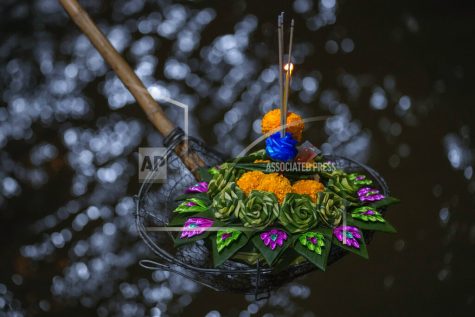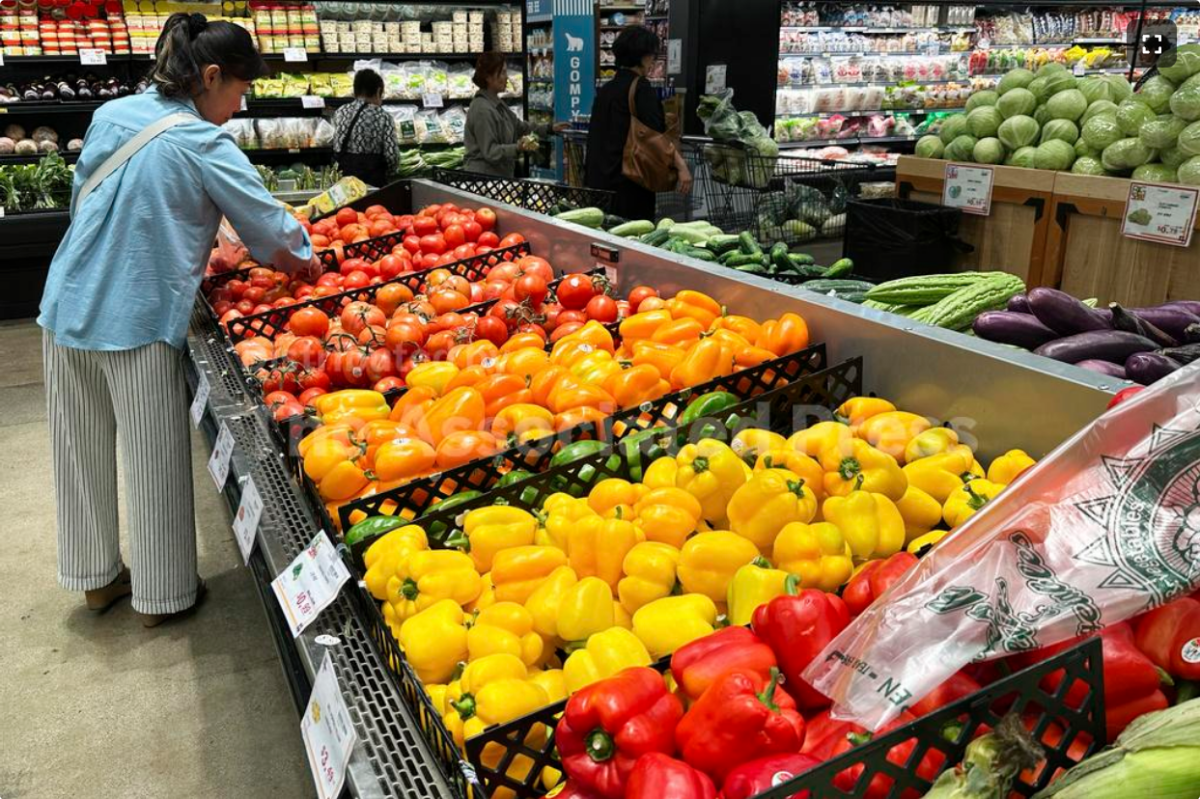Diversity in Asian culture
November 19, 2021
Asian culture incorporates varied rituals and beliefs practiced and perpetuated by the many ethnic groups of Asia throughout antiquity. The immense variety that has emerged from many ethnic realms and 3 of the oldest civilizations in the world River valley cultures makes it difficult to identify a unique Asian culture of fundamental components. It’s also usual to split the continents into six distinct areas, each with its own culture, faith, dialect, and demographic (ethnic) uniformity. In addition to being the biggest, most populated, most resource-rich continent on the planet, Asia is also home to some of the globe’s earliest kingdoms, which have created many of the world’s most important faith traditions, as well as the earliest known documented mythologies.

Since Asia is so huge, many civilizations are separated by long distances and harsh terrain, such as mountains and valleys (Jessie, 2019). Despite this, international commerce progressively evolved a genuinely global, Pan-Asian nature by pushing and conquering these barriers due to inter-regional trade, cultural components, and concepts diffused throughout the various sub-regions through the extensive road infrastructure numerous marine connections. Rice is a mainstay cuisine in many Asian countries, and it is usually eaten steaming or as couscous. People in China eat more rice than any other country in the world. Throughout the Middle East and India, wheat flatbreads were popular.
Historically, people in Central, Southern, and Western Asia consume with their bare hands, which is prevalent. European silverware, like knives and prongs, are becoming more popular and more accessible. Utilizing one’s fingertips to eat in certain public areas may be considered disrespectful in some countries after introducing foreign silverware (Tang, 2021). Like the teaspoon, forks, and meat cleaver, European silver is often used in Indonesia and Thailand. Even though chopsticks are used to consume culinary tradition across nations such as China, Japanese, Formosa, Korean, and Vietnamese, the design of skewers differs.
While Mandarin paddles are often long and rectangular, Viet forceps are longer, wide around one side, progressively thinned out at the other, and constructed of timber or reed; Japanese paddles are round and curved, supposed to consume bonefish effortlessly; and Mandarin teaspoons are typically square. In Taiwan, it is common to use reed, hardwood, and metal to construct the sticks; however, in Korea, the skewers are shorter and flattened metal. According to folklore, steel forks help prevent infection in the Asian Continent because wood chopsticks are more common. Japanese-style sushi, sashimi, and other raw fish dishes are hugely famous across Asian Region (especially Japan). Incorporating elements from Chinese and Japanese cuisines, such as raw fish meals, became popular in the United States.
Indian cuisine is known for its abundance of spices, including cinnamon, garam masala, and celebrity licorice. The Indus basin is the source of the vast majority of spices. When Alfred Russel Wallace traveled to Asian Countries, he described the wonderful taste of the fruits or vegetables as justifying his journey’s whole expense. Indonesian cuisine has a wide range of foods and dishes, from Mining Sundanese to Denpasar, flourishing local culinary traditions. Nasi Campur and Nasi Padang are two of the most popular Javanese rice dishes because they combine boiled rice with savory meats, seafood, and veggies. Rendang, barbecued, Santos, and kuih rendang are some of the other noteworthy examples.

























